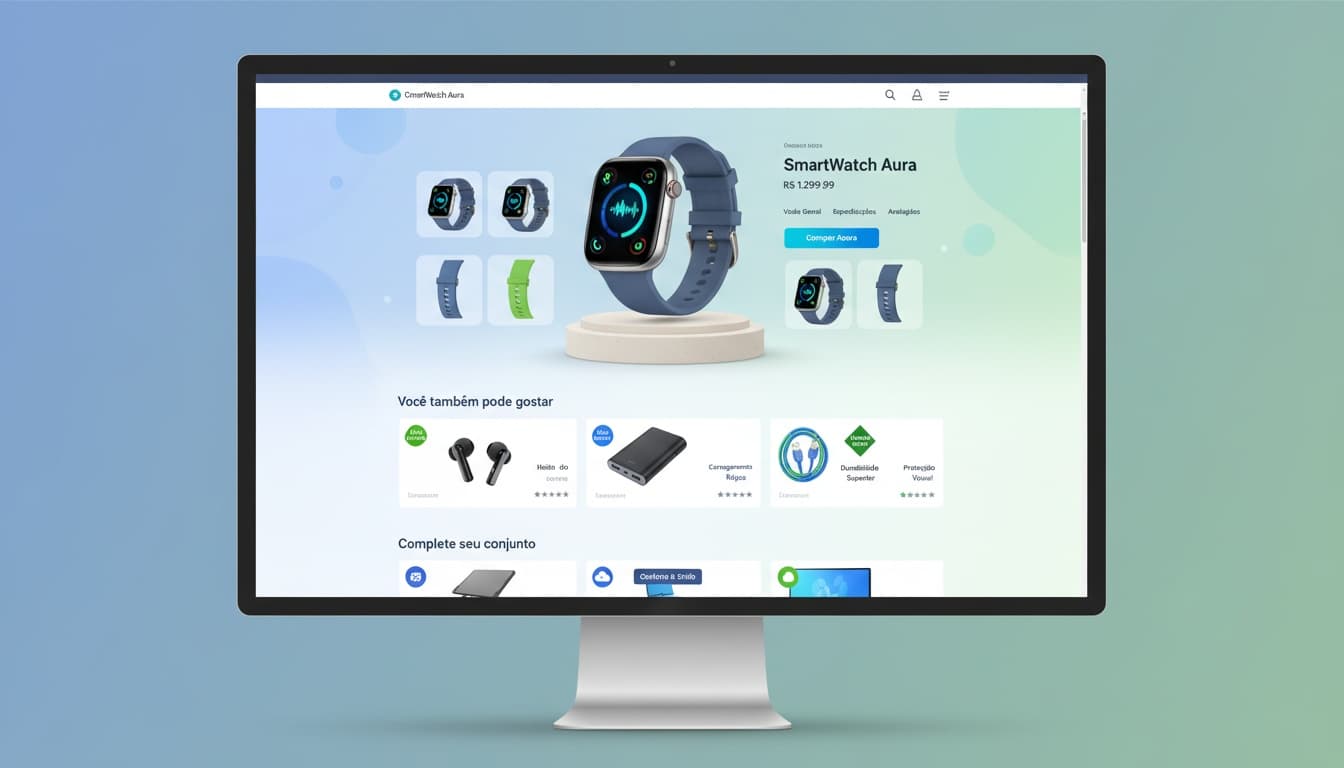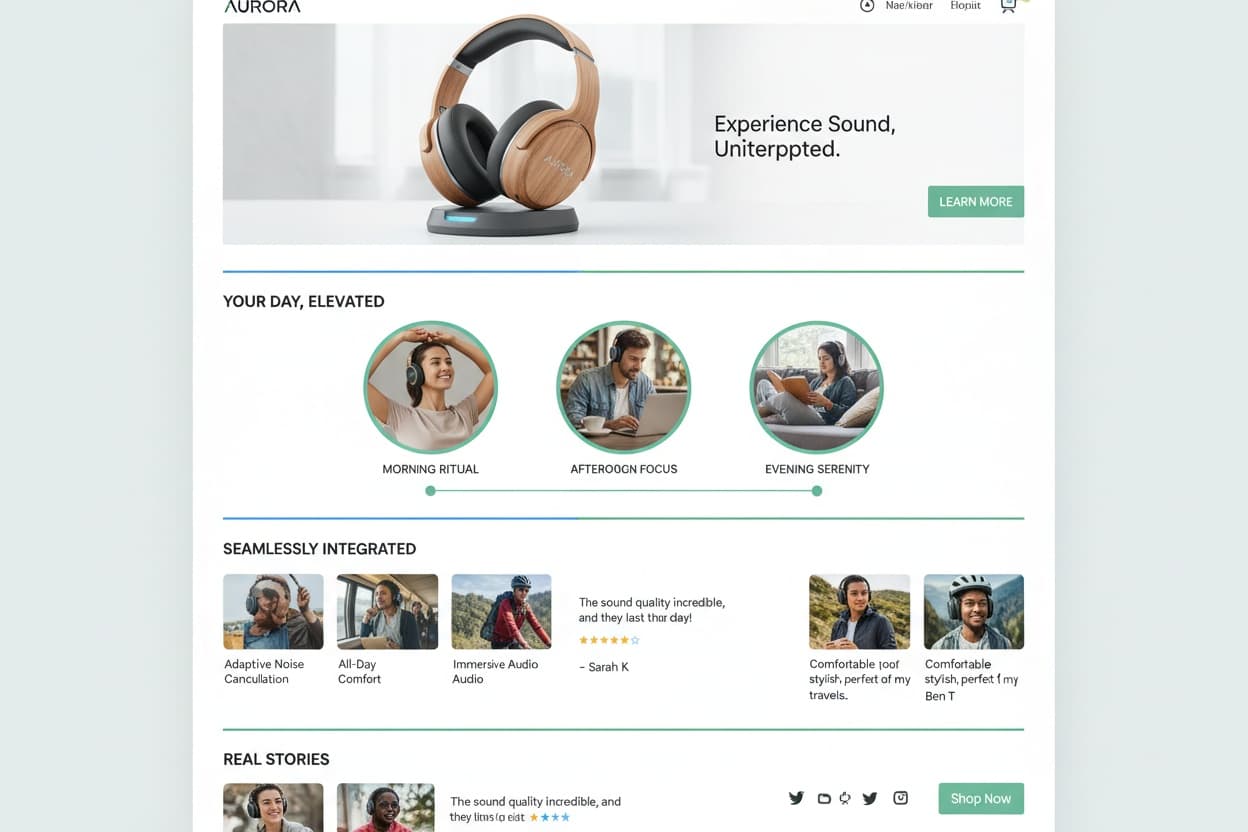Shopify gives you a powerful base for selling online, but engagement is what turns a standard storefront into a high performing experience. The difference between a store that feels flat and one that feels alive is often found in interactive elements, real time feedback, and journeys that respond to customer behavior instead of showing the same content to everyone.
This guide shares actionable Shopify engagement hacks to make your store more interactive. You will see how to use interactive banners, quizzes, recommendation engines, live shopping, scroll triggers, gamified pop ups, mission based rewards, story driven product pages, and QR codes that extend engagement from offline packaging into your online experience.
Turn your Shopify store into an interactive journey
Combine interactive content, missions, and QR journeys to keep shoppers exploring, engaging, and coming back.
Design interactive banners that respond to behavior
Many Shopify stores rely on static hero banners that customers ignore after the first visit. Interactive banners change based on behavior, time, or segment. They can display different messages for new visitors versus returning customers, highlight progress toward a reward, or react to scroll and hover states.
Examples include banners that show a countdown for limited time collections, dynamic free shipping thresholds that update as customers add items to the cart, or banners that highlight loyalty points available to redeem. When these elements respond to customer actions, they stop being decoration and start becoming part of the journey.
On Shopify, you can combine theme customization with simple scripts or apps to rotate banners based on tags, campaigns, or UTM parameters. Over time, test which combinations of message, urgency, and reward create the most clicks and engagement.
Use quizzes to capture zero party data
Quizzes are one of the most effective engagement tools for Shopify because they trade value for information. Customers answer a few questions about their needs or preferences and receive tailored product suggestions, routines, or bundles. In return, you collect zero party data that improves personalization and messaging.
Product finder quizzes work especially well for beauty, nutrition, apparel, and home decor. For example, a skincare quiz can ask about skin type, concerns, and existing routine, then recommend a simple starter kit. A coffee quiz can ask about roast level, brew method, and flavor notes to build a custom bundle.
To increase completion rates, keep quizzes short and visual. Use progress indicators and clear benefits, such as get your personalized routine in under one minute. Integrate quiz results with your email flows so that follow up messages reference the answers and recommended products, instead of sending generic campaigns to everyone.

Recommendation engines that feel personal
Recommendation engines are common in e-commerce, but many implementations feel generic. The strongest experiences use behavior, quiz answers, and purchase history to show relevant products at the right time. This reduces choice overload and increases both conversion and average order value.
On Shopify you can show recommendations on the homepage, collection pages, product pages, cart, and post purchase pages. Each placement serves a different purpose. Homepage recommendations can highlight trending items for each segment. Product pages can show frequently bought together or complete the look. Cart recommendations can offer small add ons that do not require long consideration.
Combine recommendations with your loyalty and mission system. For example, a recommendation block might highlight products that help complete a mission or unlock a reward. You can also connect recommendations to QR powered campaigns, where scans from packaging and in store displays feed into the same personalization engine.

Live shopping and real time sessions
Live shopping combines video, chat, and commerce into one interactive session. Shoppers watch hosts demonstrate products, ask questions in real time, and purchase directly from overlays or product carousels. For Shopify brands this format can recreate some of the energy of in person retail while keeping conversion online.
Use live shopping for product launches, seasonal events, and deep dives into complex categories. Announce the event ahead of time with email and SMS. During the session, highlight limited bonuses such as event only bundles or missions that reward participation.
After the live session ends, turn the recording into shoppable replay content on your storefront. Tag products so viewers can click and buy while watching. This lets you monetize the content long after the live event and gives customers who missed it a reason to return.
Scroll triggers and micro interactions
Scroll triggers create small moments of delight as customers move through a page. A static layout often leads to quick scanning and exit. Subtle motion and state changes keep people engaged without overwhelming them.
Examples include content that fades in as sections appear, counters that animate when a KPI block enters view, or sticky mini carts that expand when a customer adds a product. On Shopify these effects can be implemented through theme animations or light scripts that listen for scroll position and update elements accordingly.
Micro interactions should support clarity. Use them to draw attention to important steps such as shipping options, security badges, or reward progress. Avoid overusing animation just for decoration, because that can slow pages and distract from the buying journey.
Gamified pop ups that add value
Pop ups often hurt engagement when they interrupt too early or offer generic discounts. Gamified pop ups can have the opposite effect when they arrive at the right time and deliver clear value. These include spin to reveal rewards, mystery card reveals, or mini missions that unlock perks.
To make gamified pop ups effective, limit frequency and trigger them based on behavior. For example, show a game after a visitor has viewed multiple products, started building a cart, or reached a specific scroll depth. Offer rewards that encourage continued engagement, such as bonus loyalty points or shipping upgrades, instead of racing to the bottom with large discounts.
Use A and B testing to compare gamified experiences with simple forms. Measure not only opt in rate but also conversion rate, average order value, and unsubscribe behavior. Over time, you can tune your pop up strategy to maximize engagement without harming brand perception.
Mission based rewards that turn actions into a game
Mission based rewards turn engagement actions into structured challenges. Instead of only rewarding purchases, you reward exploration, content views, QR scans, and social interactions. Customers complete missions such as discover three products from the new collection, scan the QR code on your packaging, or join a live shopping session.
Each mission can grant points, badges, or entries into a draw. Missions work especially well when integrated with a loyalty program and clearly visualized on an account page or dashboard. Customers should see what they have completed, what remains, and what they gain by finishing.
On Shopify, mission logic can connect online events with offline interactions. A solution like VISU lets you treat QR scans from packaging, in store materials, or events as mission steps within your broader retail and e-commerce engagement stack. This creates a continuous experience instead of separate online and offline campaigns.
Storytelling with product pages
Product pages are often treated as specification sheets, but they are one of the best places to tell stories. Story driven product pages use narrative structure, visuals, and social proof to show how a product fits into the customer life. They answer questions such as why this product exists, who it is for, and what outcome it creates.
Combine core elements like images, bullet points, and size guides with sections that show customer journeys or use cases. You can include a short origin story for the product, a before and after scenario, or a day in the life that features the item. These sections help customers imagine themselves using the product, which increases intent.
Interactive elements can make these stories even stronger. Use comparison sliders for before and after visuals, tap to reveal details, or sticky sections that change imagery when customers choose options. Keep performance and clarity in mind, but do not be afraid to move beyond a single static image and a block of text.

Use QR codes to extend Shopify engagement offline
QR codes connect offline interactions directly to your Shopify store. Every package, flyer, thank you card, or in store display can become a clickable surface. When customers scan a code, they land on mission pages, live event replays, product quizzes, or loyalty dashboards instead of generic homepages.
For post purchase experiences, place QR codes on packaging that unlock setup guides, how to content, or personalized recommendations. This reduces support load and increases satisfaction. For campaigns, place codes on print materials or physical displays that lead to dedicated landing pages with clear calls to action.
Use a platform such as VISU to power these QR interactions. Dynamic codes let you update the destination after printing and attach rewards, missions, or measurement to each scan. That way, your offline environments feed into the same engagement engine that powers your Shopify storefront.

Measure engagement and turn insights into action
Engagement hacks only matter if they improve results. Track metrics such as time on site, scroll depth, quiz completion rate, click through rate on interactive banners, participation in missions, QR scans, and conversion rate after interactions. Shopify analytics, app dashboards, and external tools can work together to provide this view.
Use cohort analysis to understand how interactive features affect customer behavior over time. Compare customers who complete quizzes, join missions, or scan QR codes with those who do not. Look for higher conversion, larger baskets, and stronger repeat purchase behavior in engaged segments.
Then close the loop. Use your findings to refine which interactive pieces you keep, which you simplify, and which you scale. Engagement is not about adding as many elements as possible. It is about creating focused journeys where every interactive moment helps customers move forward with confidence.
Build an interactive Shopify experience with QR and rewards
Connect quizzes, missions, live sessions, and QR scans into one engagement system that keeps customers exploring and buying.

